
Let’s talk about DIY Website Builders.
DIY website builders, above everything else, boast about being the easiest way to create your shiny, new website. They have revolutionized the way individuals and businesses establish their online presence. Website builders empower users to design and launch their own websites even without technical know-how or coding skills.
Allow us to introduce to you what we believe are the top 5 DIY website builders. Let’s explore what they offer, weighing in on the pros and cons of each.
1. Wix – the most popular and user-friendly website builder
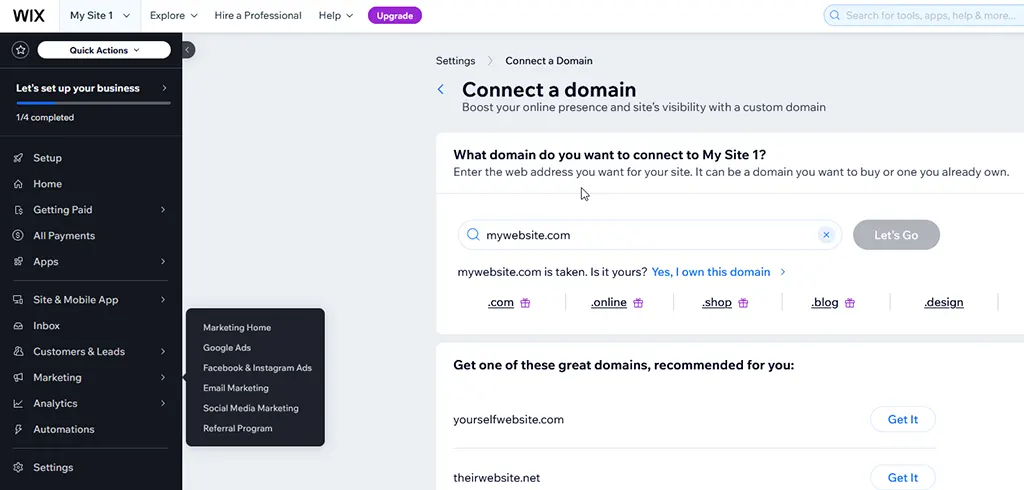
Pros:
- Extremely easy to use
- Drag-and-drop interface for effortless design and customizable websites
- Offers AI-powered design editor option
- 800+ website design templates
- Supports 180+ languages
- SEO tools
- Offers domain name registration service
- Free plan available
- 14-day trial available for paid plans
Cons:
- No template switching once your website goes live
- Customization options can be limited
- Advanced features require additional payments
- E-commerce capabilities for most premium plans only
2. Squarespace – renowned for offering elegant and modern designs (excellent choice for creative professionals and small businesses)
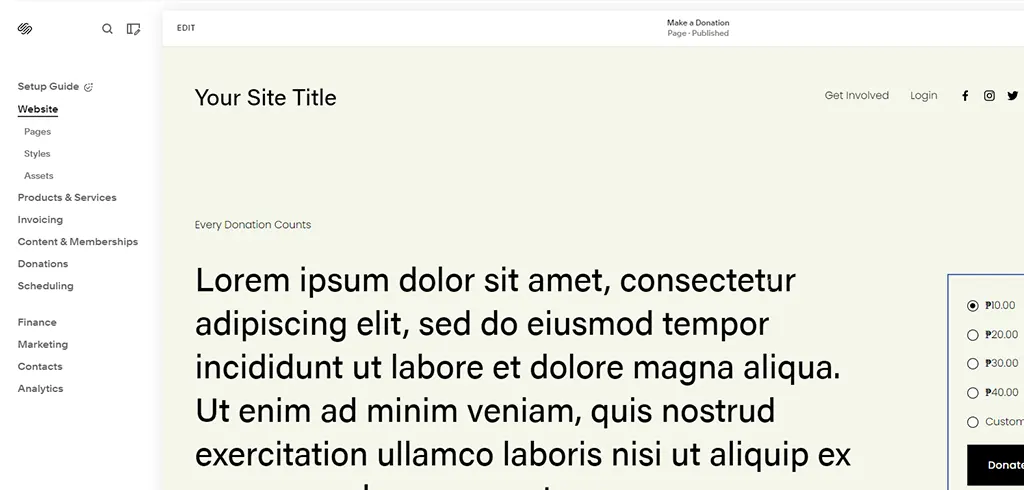
Pros:
- Stunning templates and a seamless editing experience
- Built-in blogging feature
- E-commerce capability
- Enhanced third-party app integrations
- Mobile responsive
- Reliable hosting
Cons:
- Limited options for advanced customization
- No autosave when editing
- 24/7 live chat not available
- Steeper learning curve compared to other builders
3. Shopify – primarily recognized as an e-commerce platform, it also offers a website builder that caters specifically to online stores
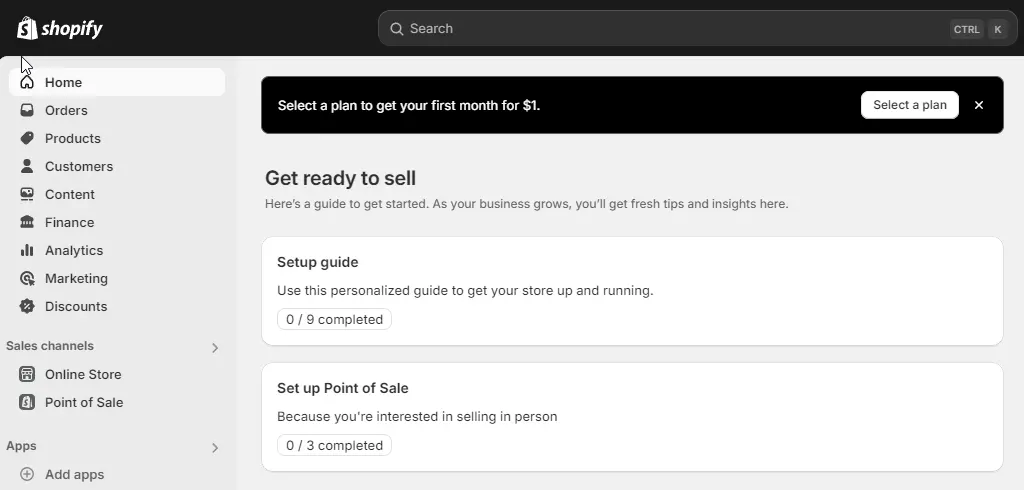
Pros:
- Provides a seamless and intuitive interface
- Wide range of customizable themes
- Extensive payment options
- Powerful inventory management tools
- Scalability
- Excellent customer support
Cons:
- Primarily focused on e-commerce
- Limited flexibility for non-commerce website needs
4. Weebly – known for being a simple and easy-to-use website builder
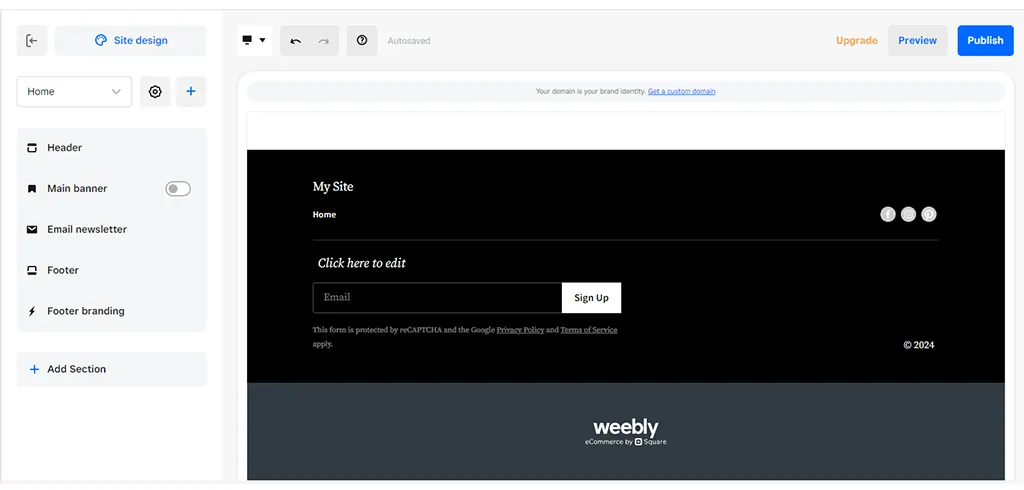
Pros:
- Intuitive, drag-and-drop interface
- Wide selection of mobile-responsive templates
- Robust e-commerce functionality
- Integrated blogging platform
Cons:
- Limited customization options (such as choice of fonts)
- Some advanced features may require technical know-how
- No ADI (Artificial Design Intelligence) option
5. GoDaddy – mostly known for offering custom domain names and web hosting services; it also offers a website builder
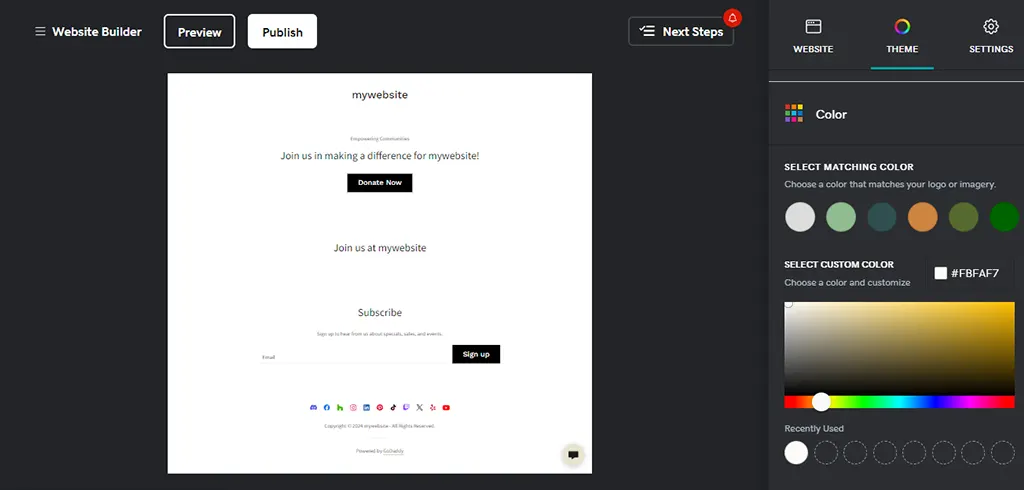
Pros:
- Quickest route to building a website
- Easy to use
- Can switch templates at any time
- Free plan includes email marketing, social media marketing, PayPal payments, and an SSL certificate
- Has 24/7 tech support
- Affordable subscription plans
Cons:
- Best suited for basic websites only
- Difficult to find templates
- Limited blogging tools
- Restrictive block elements
TIP!
We recommend WIX if you are starting out and have a low budget. This is the most popular Do-It-Yourself website builder on the market. You can find companies/contractors to build your site or you can do it yourself. See: www.wix.com
You can visit our RESOURCES section to learn more about DIY Website Builders.
Do It Yourself
To learn more about DIY website builders, here are three more resources that can help you decide whether you want to do it yourself or hire a pro:
- https://www.tooltester.com/en/blog/best-website-builder-for-nonprofit/
- https://cybernews.com/best-website-builders/for-non-profits/
- https://donorbox.org/nonprofit-blog/top-website-builders-for-nonprofits
Professional Reference
Discussing your vision for your nonprofit website with a professional web designer with years of experience is usually the best alternative to learning and doing it yourself. Click here, complete the form, and we will have an experienced professional who charges well below market rates contact you.

